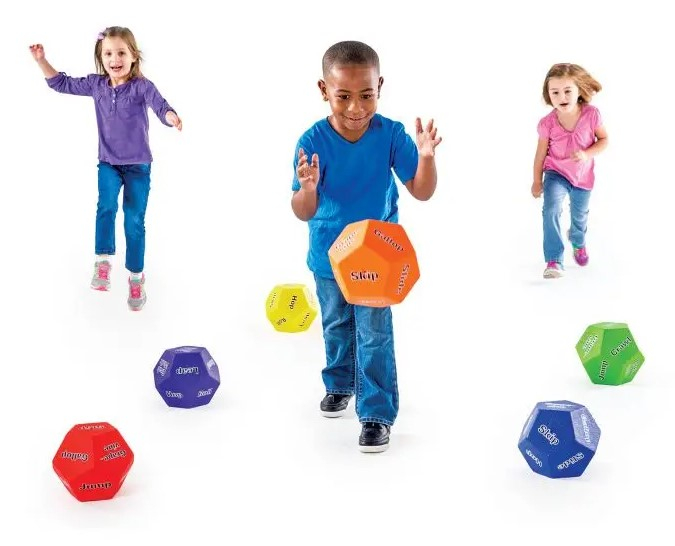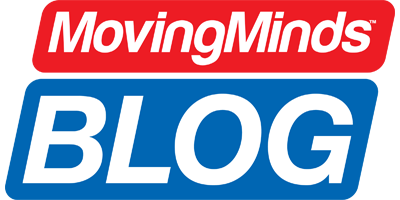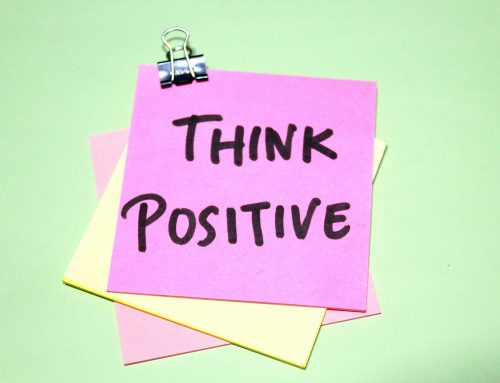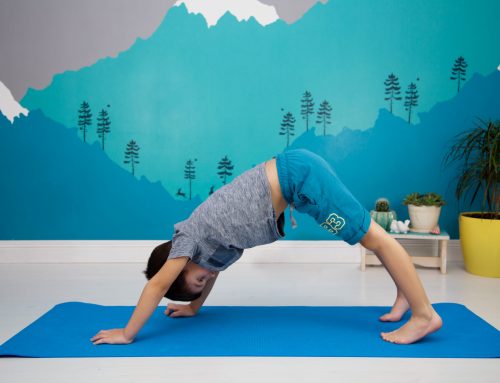 What if I told you that naps may actually help students retain information? It may seem counter-intuitive, but taking breaks has been shown to help people remember more. This concept is called the “spacing effect”. Much like how we learn best with sports skills, cognitive performance is improved if we provide multiple learning sessions with longer breaks in between rather than one longer mass training (Bahrick & Hall, 2005). It’s like I tried to explain to my 16-year-old daughter (you can imagine how that conversation went) when she was cramming for a World History exam, it’s better if she studies 30 minutes each night, takes notes, and creates notecards than it is for her to try sitting down to digest all the information in one 5-hour time span the night before.
What if I told you that naps may actually help students retain information? It may seem counter-intuitive, but taking breaks has been shown to help people remember more. This concept is called the “spacing effect”. Much like how we learn best with sports skills, cognitive performance is improved if we provide multiple learning sessions with longer breaks in between rather than one longer mass training (Bahrick & Hall, 2005). It’s like I tried to explain to my 16-year-old daughter (you can imagine how that conversation went) when she was cramming for a World History exam, it’s better if she studies 30 minutes each night, takes notes, and creates notecards than it is for her to try sitting down to digest all the information in one 5-hour time span the night before.
For young people (and old!), we teachers can apply this concept by breaking up our instructional time with short activity breaks. In a typical school day, think about the number of minutes you devote to the students’ reading or math content. Let’s say it’s 90 minutes. While different teaching styles and learning strategies help break up the monotony, there is no negative effect if you split that block of time into three shorter blocks of 25 minutes with two 5-minute physical activity breaks in between (Ahamed et al., 2007). The key may be getting your students back on track after the break, but there are ways to alleviate that (to be discussed in a blog coming soon!).
Another important factor to consider is boosting retention through moving and reviewing activities. In partners, students can be given a topic from the day and asked to summarize it in one sentence as they walk with their partner. Or they can be given a list of questions for the pair to discuss as they walk. Visual elements are also good ways to help students remember the information. Perhaps they can connect a movement that they see and act out to a concept/topic in order to learn the information and have it stay in their mind. Or visually and physically demonstrate what they know. If a math answer is greater than, they can make a wide or tall body shape, while an answer that is less than can be shown by a small body shape. Whatever you choose to have students do to demonstrate their learning, the more activity that can be incorporated, the better it will be when they try to recall the information later.
If you’re looking for equipment to help implement activity breaks in your classroom, here are high-quality options from Moving Minds!
References
Ahamed, Y., MacDonald, H., Reed, K., Naylor, P. J., Liu-Ambrose, T., & McKay, H. (2007). School-based physical activity does not compromise children’s academic performance. Medicine and Science in Sports and Exercise, 39(2), 371-376.
Bahrick, H. P., & Hall, L. K. (2005). The importance of retrieval failures to long-term retention: A metacognitive explanation of the spacing effect. Journal of Memory and Language, 52(4), 566-577.
Heather is a Professor in the Department of Kinesiology and Health Promotion at the University of Kentucky. She is a former physical education teacher, and co-author of Dynamic Physical Education for Secondary School Children, 8ed. Heather was also the recipient of the NASPE Curriculum and Instruction Young Scholar Award and a AAHPERD Research Consortium Fellow.





Leave A Comment